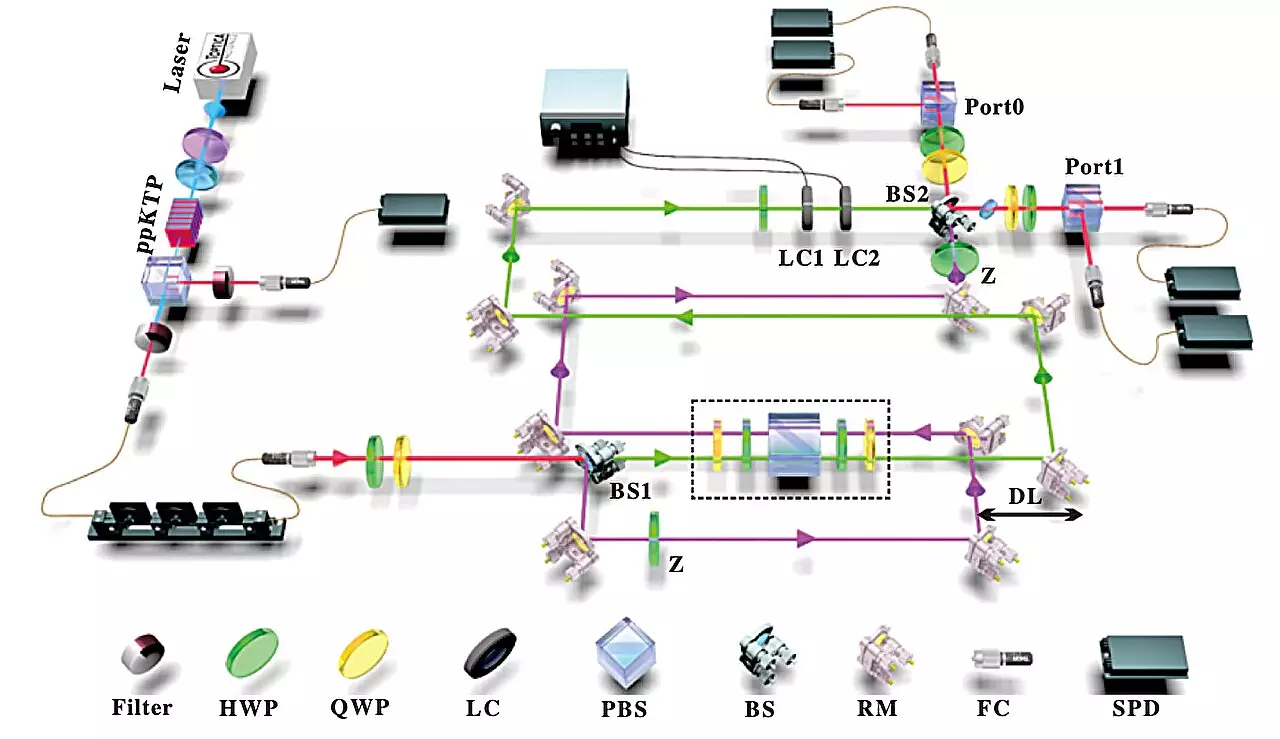The concept of time flowing from the past to the future is deeply ingrained in our minds, but in the laws of physics governing the microscopic world, time does not have a set direction. Both classical and quantum mechanics follow reversible equations of motion, where changing the direction of time coordinate still represents a valid evolutionary process – known as time reversal symmetry.
Time reversal has sparked interest in quantum information science due to its applications in multi-time quantum states, simulations of closed timelike curves, and inversion of unknown quantum evolutions. However, experimental realization of time reversal is challenging. To address this challenge, a research team led by Guo Guangcan, Li Chuanfeng, and Liu Biheng from the University of Science and Technology of China, along with Giulio Chiribella from the University of Hong Kong, devised a method to construct quantum evolution processes in a photonic system by extending time reversal to input-output inversion of a quantum device.
By exchanging the input and output ports of a quantum device, the team achieved an evolution that satisfied time-reversal properties, creating a time-reversal simulator for quantum evolution. They were able to quantize the evolution time direction, leading to the coherent superposition of quantum evolution and its inverse. Quantum witness techniques were used to characterize the structures, demonstrating significant advantages in quantum channel identification compared to a definite time direction strategy.
In a series of experiments, the research team utilized the device to differentiate between two sets of quantum channels with a success rate of 99.6%, surpassing the 89% success rate of a definite time direction strategy with the same resource consumption. This study highlights the potential of input-output indefiniteness as a valuable resource for advancements in quantum information and photonic technologies.
The coherent superposition of quantum evolution offers a novel approach to exploring the intricacies of time reversal symmetry and its applications in quantum information science. The experimental results provide compelling evidence for the advantages of utilizing input-output indefiniteness in quantum technologies, paving the way for further advancements in the field.


Leave a Reply